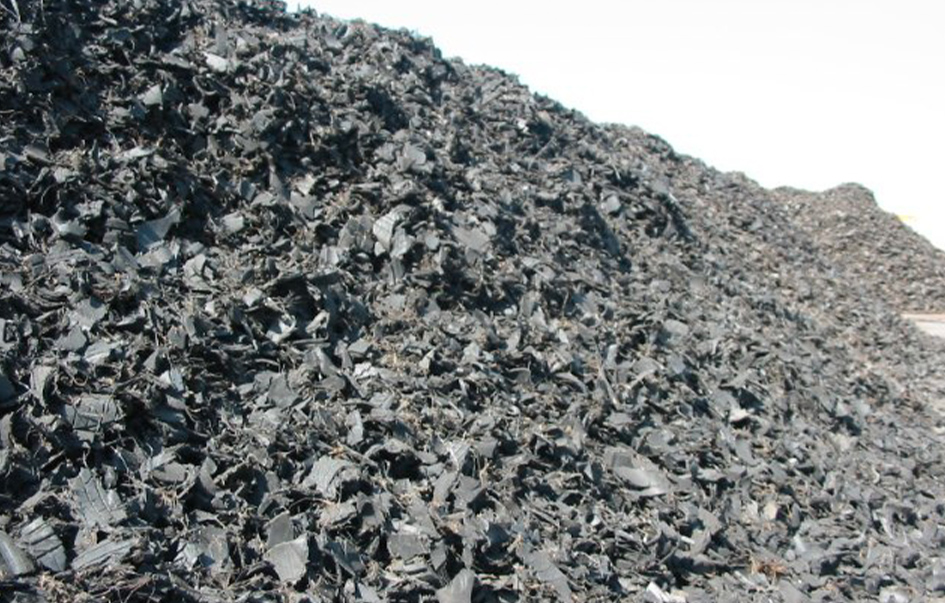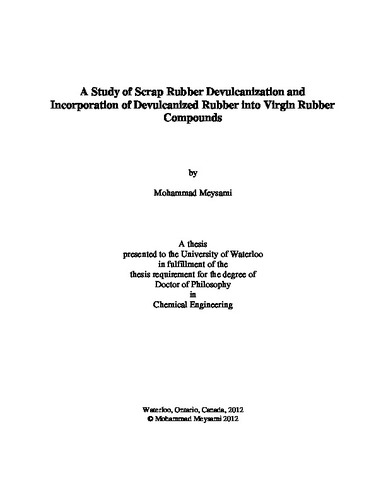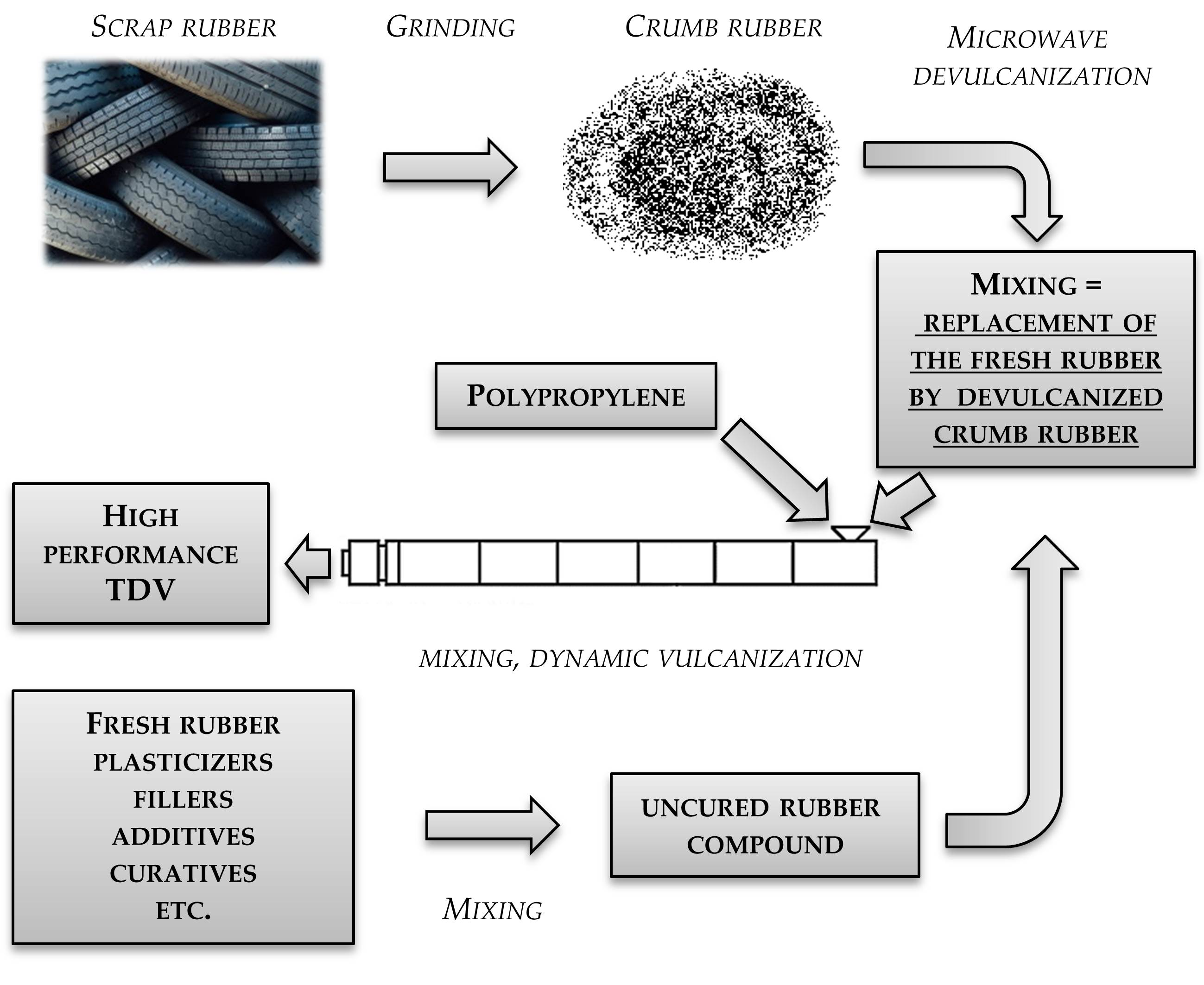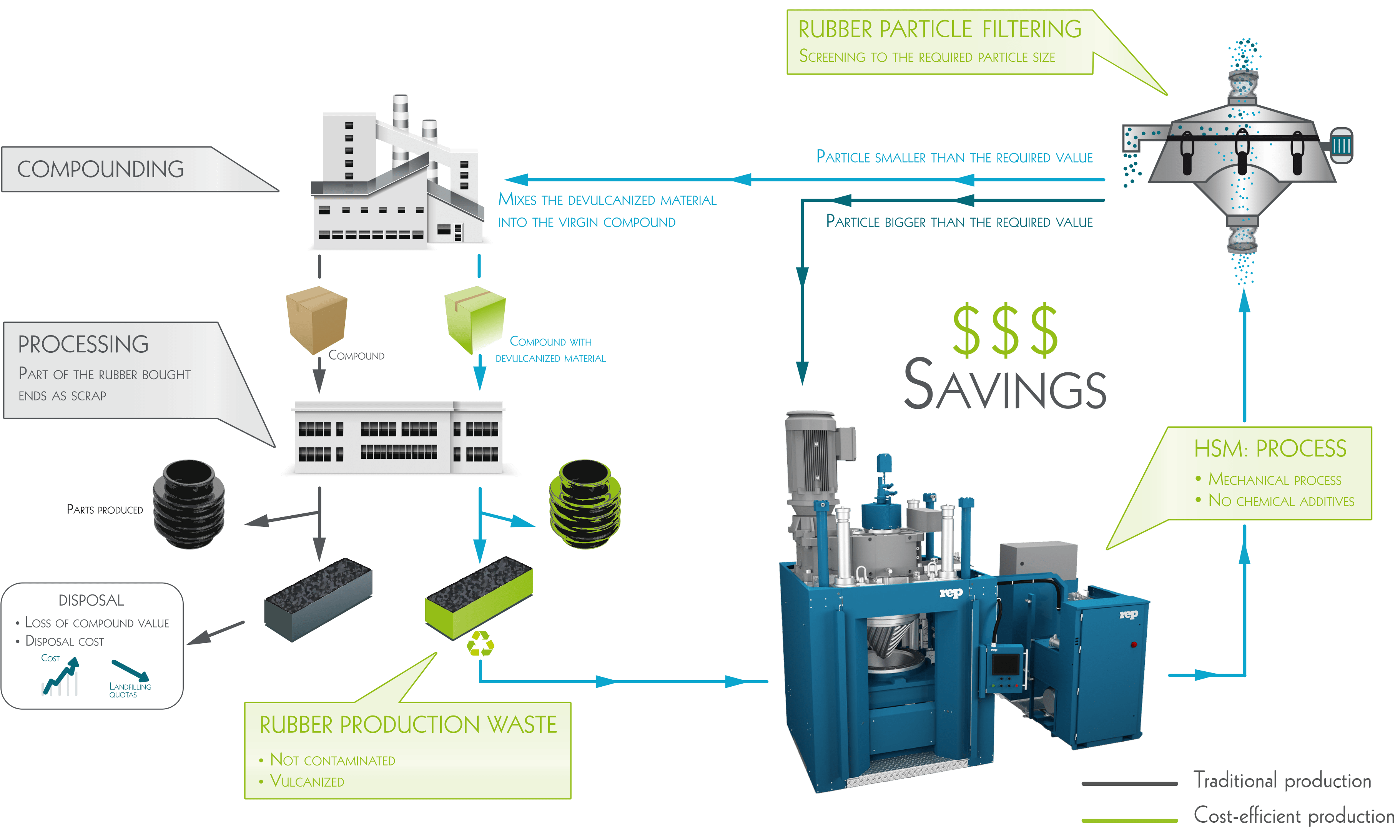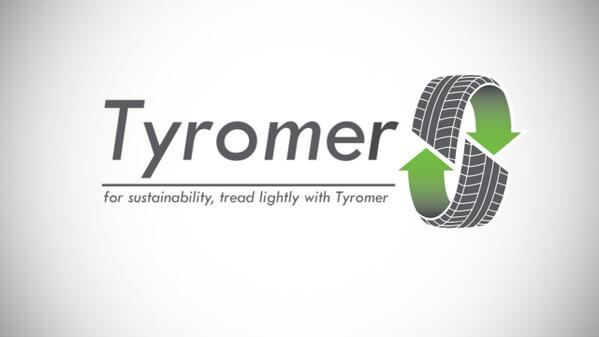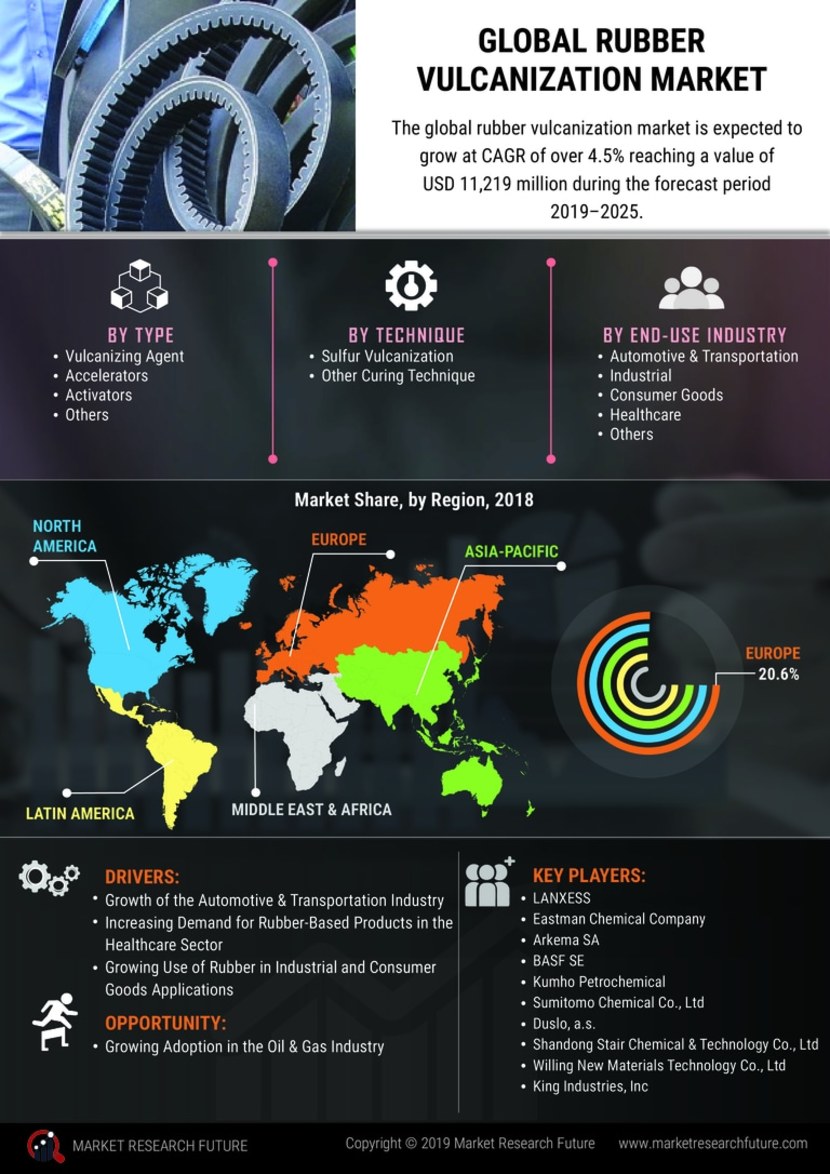Rubber Devulcanization Chemicals

Also the use of supercritical fluid supercritical co2 seems to favour the distribution of the devulcanization agents within the rubber matrix 4 what improves their action.
Rubber devulcanization chemicals. Our carbon dioxide assisted extrusion technology works without devulcanization chemicals or chemical solvents to continuously convert scrap tire crumb into an elastomeric tdp or tire derived polymer. Via the addition of sulfur or other equivalent curatives or accelerators. Our patented process has successfully devulcanized different scrap tire crumbs whole tire tread only ambient grind cryo grind truck retread buffing otr retread buffing etc. Astm stp183a defines devulcanization as a combination of depolymerization oxidation and increased plasticity.
Our technology can also devulcanize non tire rubbers such as epdm and silicone rubber for reuse. From 20 mesh to 60 mesh. Free radical r organic cations r and acid base a b. Devulcanization is the process by which the polymer attributes of vulcanization are reversed.
Vulcanization a chemical process for converting rubber or related polymers into more durable materials. Tdp can be used at much higher percentages than other recycled rubber and is already. The tyromer technology is the only commercially viable chemical solvent free process for rubber devulcanization. Devulcanization in biologic processes is also studied.
Tyromer devulcanizes scrap tire rubber for reuse in new tires. Most of the time with sulfur in a process called vulcanization invented by charles goodyear in 1839. That is because rubber has been cross linked. And some sulfur carbon bonds while importantly leaving intact the molecular carbon carbon backbone created by the vulcanization process.
Sulfur vulcanization is a chemical process for converting natural rubber or related polymers into materials of a variety of hardness elasticity and mechanical durability by heating them with sulfur or other equivalent curatives or accelerators. On the other hand the chemical processes where the devulcanization is made by adding chemical agents 3. Vulcanization imparts needed mechanical properties but is not easily reversed. The synergy between these reactions and tribologic effects in mechanical shear devices leads to the degree of devulcanization above 80 as determined by astm d 6814 standard.
The influence of important reclaiming parameters such as reaction time reaction temperature and concentration of the devulcanizing agent on the devulcanization process and mechanical properties of the resulting products were studied. Generally this method is combined with thermal and mechanical energy to speed up the devulcanization treatment. Chemical devulcanization of sulfur cured natural rubber nr was investigated using benzoyl peroxide bpo as a devulcanizing agent. Applied devulcanization process is based on the recognized effectiveness of several chemical reactions.

















